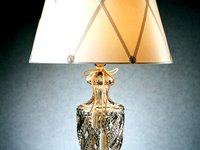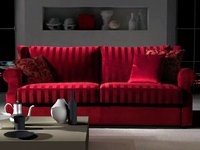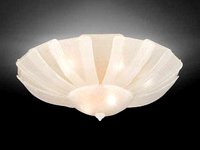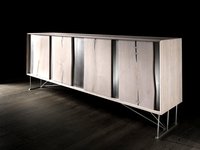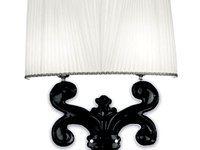Urano Palma
SE DIO
Sedia - Chair
Legno grezzo, lavorato a mano
Raw wood, hand finished
...Quante sedie, quanti banchi, quanti tavoloni con la pelle rugosa dei
vecchi tronchi d’albero o delle lamiere arrugginite. La sedia è forse il
simbolo centrale di questo universo strettamente legato alla geologia
profonda delle forze atomiche dell’energia terrestre. La sedia è base,
forza portante e anche monumento, sfogo esistenziale. Le sedie di
Urano Palma sono torre, castello, grandi depositi di passato; però
portano bene tutto ciò: sono robuste, nervose, vitali. Sembrano
dei viandanti, sempre pronte a compiere qualche gesto di sfida o di
bravura. La testa e il cuore dell’artista, uniti insieme, sono depositati
nelle loro possenti sedute; le sue sedie sono delle miniere di energia,
vere bombe artigianali. Tutta l’opera di Urano Palma riflette questa
tensione esistenziale. La filosofia vitalista dell’artista dà alla sua
produzione la dimensione di frammenti esistenziali di un universo
elementare in continuo progresso. Un operato senza fine assunto al
massimo livello di amore frenetico per la vita ...
Pierre Restany settembre 1992
Urano Palma nasce a Varese nel 1936. Vagando in varie città italiane,
con un orecchio teso verso le avanguardie artistiche, si stabilisce a
Milano, dove ha la possibilità di conoscere grandi artisti tra cui Lucio
Fontana. In oltre cinquant’anni di carriera, Urano Palma, ha realizzato
mostre in Germania (Ulm, Monaco, Düsseldorf) in Francia, Spagna, Stati
Uniti e recentemente in Corea, dove viene scelto, insieme ad altri otto
scultori per rappresentare l’Italia in occasione delle olimpiadi di Seoul,
con un’opera in ghisa, che si trova attualmente al museo Permanente
di Arte Contemporanea. Sempre in Corea e precisamente a Pusan,
ha appena terminato un’opera di bronzo alta otto metri, realizzata in
occasione della Mostra Intemazionale d’Arte organizzata dal governo
coreano.
Urano Palma, dal 1960, si occupa anche di design.
Realizza mobili scultura, utilizzando vari materiali: legno, pietra,
bronzo, cristallo e alluminio.
... So many chairs, so many benches, so many big tables, all with the
wrinkled skin of old treetrunks or of rusted metalsheet. The chair is
probably the central symbol of this universe, as it is deeply tied to
the deep geology of terrestrial energy’s atomic force. The chair is the
basis, the bearer of strength, and also the monument, the existential
outlet. Urano Palma’s chairs are tower, castle, grand warehouses of
the past, but they carry themselves well. They are robust, nervous,
vital. They look like passers-by, always ready to enact some gesture of
challenge or braveness. The head and the heart, bound together, are
put in their proper place upon sitting. The chairs are mines of energy,
true handcrafted bombs. AII of the work of Urano Palma reflects this
existential tension. The artist’s vital philosophy lends his work this
dimension of exisential fragments of a coniinuously developing basic
universe ...
Pierre Restany
(translated by P.Rolando and D.Herman)
Urano Palma was born in Varese in 1936. After wandering through
many Italian cities, careful to the artistic avant-garde movements, he
settled in Milan, where he had the chance to meet great artists, such
as Lucio Fontana. During his more that fifty years career, Urano Palma,
made exhibitions in Germany (Ulm, Munich, Düsseldorf) in France,
Spain, USA and recently in Korea, where he was chosen together
with other eight sculptors to represent Italy for Seoul Olympic games
with a work made of cast iron, which is at the moment at Permanent
Museum of contemporary art. In Korea, precisely in Pusan, he just
finished a 8 m high brass work, made for the International Exhibition
of Art organised by Korean government.
Since 1960 Urano Palma has devoted himself to design. He realises
sculpture-piece-of-furniture using different materials: wood, stone,
bronze, glass and aluminium.
Urano Palma
234
235



